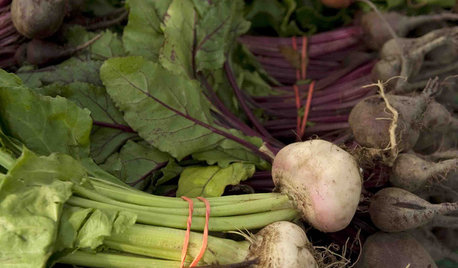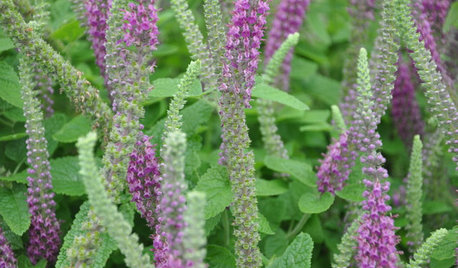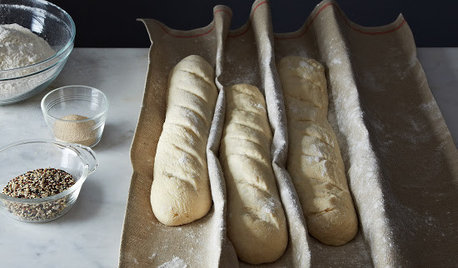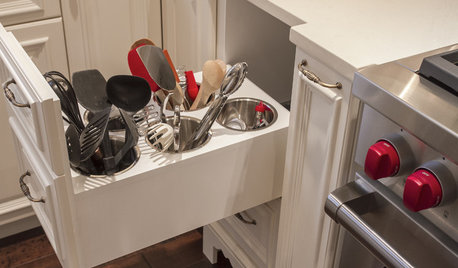Growing Nutmeg?
lnewport
13 years ago
Related Stories

FARM YOUR YARDCool-Season Vegetables: How to Grow Beets
Give canned versions of this fall and spring garden favorite the heave-ho and discover its true flavor and colors
Full Story
GARDENING GUIDES8 Plants for a Deliciously Fragrant Fall Garden
Scent the autumn air with the perfume of caramel corn, honey and spices by adding these intoxicating plants to your landscape
Full Story
COLORHow to Use Marsala, Pantone’s 2015 Color of the Year
Pantone digs deep and goes earthy with its selection. Here are ways to make it work in your home
Full Story
FEEL-GOOD HOME9 Smells You Actually Want in Your Home
Boost memory, enhance sleep, lower anxiety ... these scents do way more than just smell good
Full Story
PRODUCT PICKSGuest Picks: Be Your Own Artisanal Chef
You may never settle for prepared foods again with these cooking tools, gadgets and storage pieces
Full Story
PETSPet-Proofing Your Home: A Room-by-Room Guide
Not all pet dangers are obvious. Keep furry friends safe and sound by handling all of these potential hazards
Full Story
MOST POPULARThe 15 Most Popular Kitchen Storage Ideas on Houzz
Solve common kitchen dilemmas in style with custom and ready-made organizers, drawers, shelves and more
Full Story
KITCHEN DESIGN5 Favorite Granites for Gorgeous Kitchen Countertops
See granite types from white to black in action, and learn which cabinet finishes and fixture materials pair best with each
Full Story
LIFEHouzz Call: Where (and What) Are You Reading This Summer?
Whether you favor contemporary, classic or beach reads, do the long and lazy days of summer bring out the lit lover in you?
Full Story
MOST POPULAR8 Life-Enhancing Home Resolutions for the New Year
You can take steps to make this the year your home truly becomes a place of comfort and joy
Full Story









rhizo_1 (North AL) zone 7
Daisyduckworth
Related Professionals
Franconia Landscape Architects & Landscape Designers · Glendora Landscape Architects & Landscape Designers · Lowell Landscape Architects & Landscape Designers · Seabrook Landscape Architects & Landscape Designers · Woodinville Landscape Architects & Landscape Designers · Allentown Landscape Contractors · Burlington Landscape Contractors · Dallas Landscape Contractors · East Lake-Orient Park Landscape Contractors · Estelle Landscape Contractors · Holland Landscape Contractors · Waterford Landscape Contractors · Weslaco Landscape Contractors · Rockville Roofing & Gutters · La Grange Park Roofing & Gutterssandhill_farms
flora_uk
Daisyduckworth
fatamorgana2121
sandhill_farms
rhizo_1 (North AL) zone 7
lnewportOriginal Author
ElisabethHi
Tracy Litsinger
Tracy Litsinger
floral_uk z.8/9 SW UK
theforgottenone1013 (SE MI zone 5b/6a)
Jay 6a Chicago